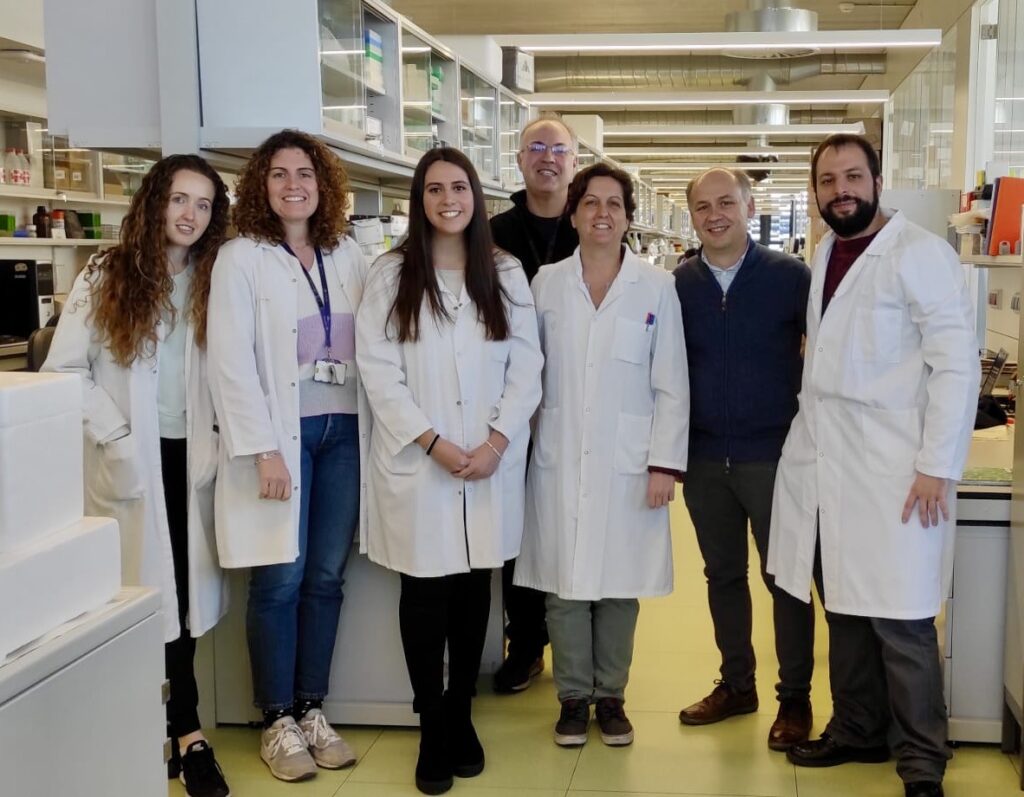Micro-RNAs are molecules capable of regulating the expression of multiple genes involved in the development of different diseases. One of these miRNAs, specifically miR-125b, could play a key role in the progression of atherosclerosis by blocking the expression of a gene that mediates the ability of HDL lipoproteins to capture cholesterol accumulated in macrophages and vascular smooth muscle cells of the artery wall and transport it to the liver, thus accelerating the formation of atherosclerotic plaque. This is the main conclusion of a new study carried out by researchers from the Bellvitge Biomedical Research Institute (IDIBELL), the Bellvitge University Hospital, the Diabetes and Metabolic Diseases CIBER (CIBERDEM) and the Santa Creu i Sant Pau Research Institute and Hospital (IIB Sant Pau), which is published in the journal Biomedicine & Pharmacotherapy.
Cardiovascular diseases are one of the most important causes of disability and premature death worldwide. The main underlying problem in many of them is atherosclerosis, a condition characterized by an accumulation of lipids and an inflammatory response in the arteries, which leads to the formation of atherosclerotic plaque. Over time, this plaque ends up reducing the capacity of the blood vessel and, in addition, it can rupture and detach, causing a thrombotic event.
Loss of HDL’s function of removing cholesterol, a key fact
The accumulation of foam cells in the blood vessel wall constitutes a significant component of the early lesions of atherosclerosis. These foam cells, which form a kind of fatty streak in the wall of the blood vessels, can be derived from macrophages or smooth muscle cells of the arterial wall, which have been accumulating lipids in a pathologic way.
“The loss of the high-density lipoprotein (HDL) particles’ ability to stimulate the release of cholesterol from these cells and transport it to the liver to be eliminated through the intestine, a process called reverse cholesterol transport, is a key mechanism for the progress of the disease”, explain two of the study coordinators, Joan Carles Escolà-Gil and Noemí Rotllan, researchers at CIBERDEM and IIB Sant Pau. For this reason, this new work tries to elucidate the pathological mechanisms involved in the loss of this function of HDL.
The study focuses on a specific microRNA, miR-125b, which they point to as the main culprit: “Our work shows that miR-125b is expressed in human aortas from patients with coronary heart disease, specifically in macrophages and vascular smooth muscle cells, where it can promote the development of atherosclerosis”, points out Miguel Hueso, a researcher at IDIBELL and Bellvitge University Hospital, who has also led this work.
To clarify the role of this miRNA, a bioinformatic study was carried out to identify possible miR-125b target genes related to cholesterol metabolism in arterial wall cells. This way, they discovered the interaction of miR-125b with the SR-BI receptor gene, and its ability to block its gene expression. “The research has shown for the first time that miR-125b negatively regulates the expression of the SR-BI receptor in macrophages and smooth muscle cells of the arterial wall and its ability to extract cholesterol from these vascular cells and transfer it to HDL,” they point out.
In addition, they found that the expression of miR-125b in macrophages and vascular cells reduced the expression of the receptor both at the messenger RNA and protein levels. “This decrease was associated with a reduction in the ability of HDL to extract cholesterol from macrophages and transport it to the liver to be eliminated through the intestine,” they say.
Therapeutic target
“The study could open the way to new therapeutic strategies based on the use of miR-125b inhibitors to prevent or slow down the development of atherosclerotic plaque, although more experiments with such type of molecule are still required in order to consider a possible application in this field.”, conclude the main authors of the investigation, Miguel Hueso and Noemi Rotllan.

